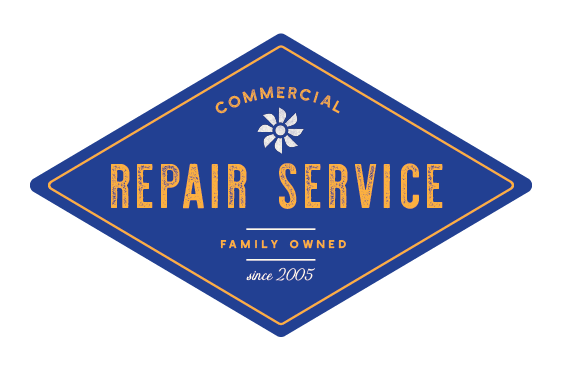5 Essential Steps to Manage Unexpected HVAC Problems in Your Business
When it comes to running a thriving business, unexpected HVAC system malfunctions can spell trouble, disrupting employee comfort, consumer experience, and facility operations.
It's vital to have robust contingency plans and effective emergency response strategies in place to mitigate the impact of HVAC issues and ensure uninterrupted business operations. In this blog, we outline five essential steps to handle unforeseen HVAC problems and maintain seamless business continuity.
Regular HVAC System Maintenance: To prevent unexpected HVAC issues, establish a routine maintenance schedule. Regular maintenance ensures your HVAC system operates at peak performance and allows for early detection and resolution of potential problems. Partnering with professional HVAC technicians significantly reduces the risk of sudden system failures.
Develop a Contingency Plan: In preparation for HVAC emergencies, craft a contingency plan outlining necessary steps in case of system failure. Include contact information for reliable HVAC contractors who can offer immediate assistance and establish clear response and resolution timelines. Having this plan at the ready saves precious time and enables swift action during HVAC crises.
Identify Temporary Climate Solutions: When confronted with HVAC system failures, having temporary climate solutions on hand is crucial. Portable HVAC units, fans, or heaters can maintain a comfortable indoor environment while the primary system undergoes repairs. Identifying and procuring these solutions in advance minimizes disruptions to daily operations and employee productivity.
Effective Communication Strategy: A well-defined communication strategy is essential when addressing unexpected HVAC issues. Ensure all employees know who to contact in case of system failures, whether it's the designated HVAC contractor or an internal point of contact. Establishing a communication chain and providing clear instructions for reporting HVAC problems streamlines response times and problem resolution.
Employee Training and Awareness: Empower your employees with basic HVAC troubleshooting skills to expedite the identification and resolution of minor system issues. Provide them with fundamental knowledge, such as thermostat settings evaluation, circuit breaker checks, and common warning signs recognition. This equips employees to take immediate action and potentially resolve minor problems without professional intervention.
In conclusion, preparedness for unexpected HVAC issues is crucial for maintaining business continuity. By adhering to a regular maintenance schedule, creating a contingency plan, identifying temporary climate solutions, establishing a clear communication strategy, and providing employee training, you can effectively manage unforeseen HVAC challenges and minimize disruptions to your business.
Remember, proactive planning and readiness ensure swift recovery and continued successful operations.

